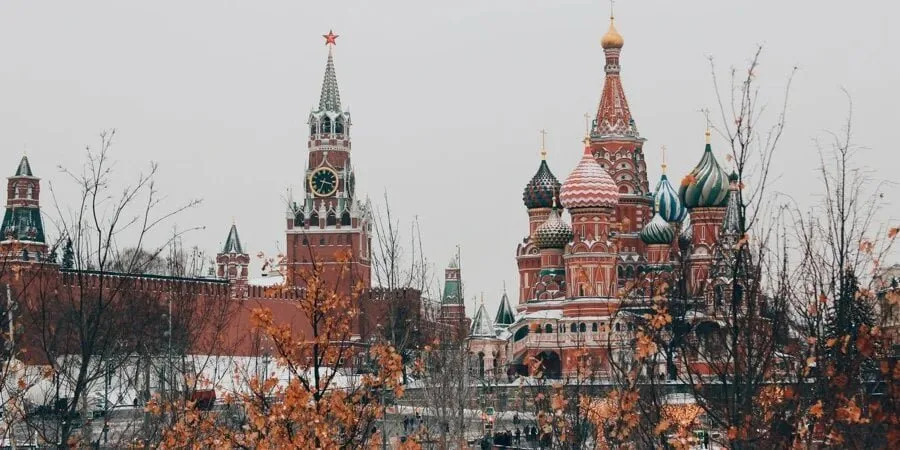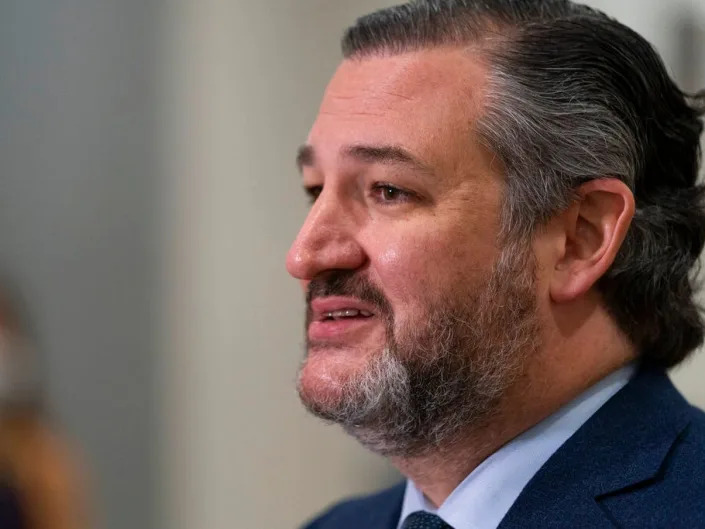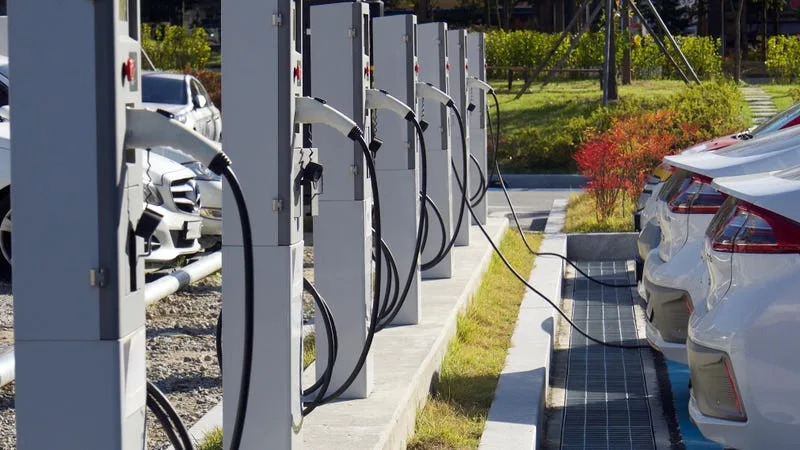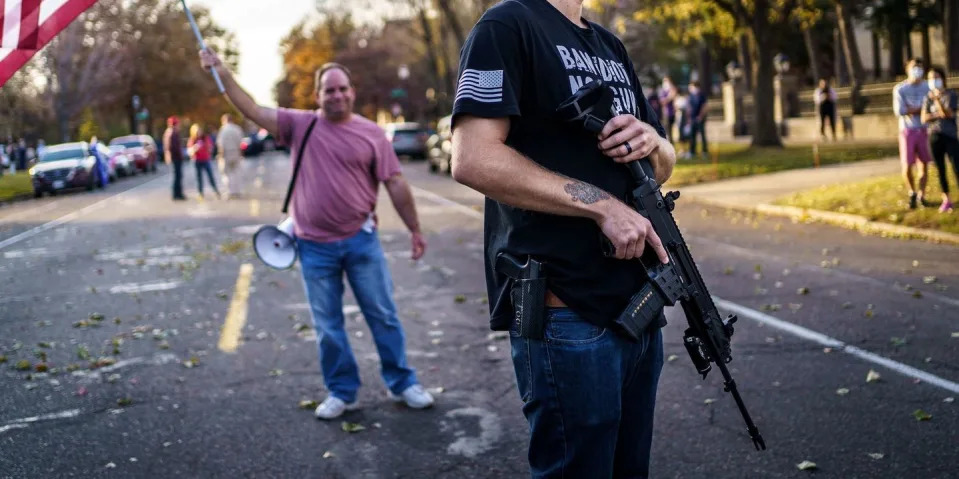The New York Times
A ‘Canadian Armageddon’ Sets Parts of Western Canada on Fire
Dan Bilefsky – May 20, 2023
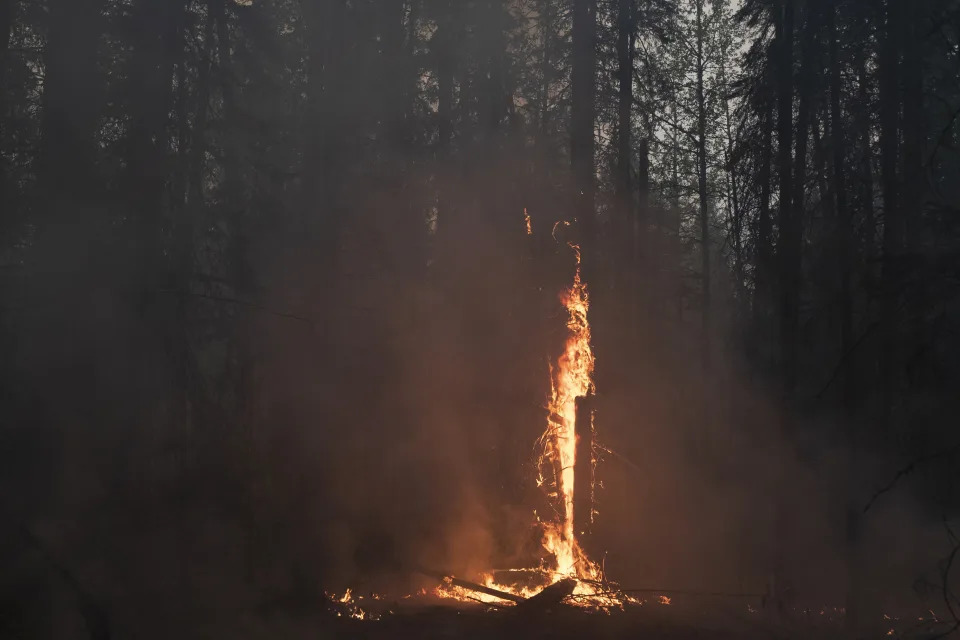
EDMONTON, Alberta — As acrid smoke filled the air, turning the sky around her sleepy hometown, Fox Creek, Alberta, a garish blood orange, Nicole Clarke said she felt a sense of terror.
With no time to collect family photographs, she grabbed her two young children, hopped into her pickup truck, and sped away, praying she wouldn’t drive into the blaze’s menacing path.
“This feels like a Canadian Armageddon, like a bad horror film,” said Clarke, a 37-year-old hair stylist, standing outside her truck, a large hamper of dirty laundry piled in the back.
In a country revered for placid landscapes and predictability, weeks of out-of-control wildfires raging across western Canada have ushered in a potent sense of fear, threatening a region that is the epicenter of the country’s oil and gas sector.
Climate research suggests that heat and drought associated with global warming are major reasons for the increase in bigger and stronger fires.
Amid frequent fire updates dominating national television news broadcasts, the blazes have also helped unite a vast and sometimes polarized nation, with volunteers, firefighters and army reservists from other provinces rushing in to lend a hand.
Roughly 29,000 people in Alberta have been forced from their homes by the recent bout of wildfires, though that number has been cut in half in recent days as fires subsided.
Clarke said her family had been staying in cheap motels since they were ordered about a week ago to evacuate. But she and her boyfriend were unemployed and money was quickly running out.
“I don’t know if I’ll have a home to return to,” she added Thursday, sobbing.
The fires have produced such thick smoke that during recess, children in some towns have remained in their classrooms rather than risk smoke inhalation outside. Dozens of residents left in such a frantic panic that they left pets behind.
On Highway 43, a long stretch of Alberta highway peppered by small, evacuated towns, the thick layer of smoke blanketing the road on Thursday conjured the feeling of a dystopia.
With helicopters hovering and dropping water, police cars with flashing lights blocked parts of the highway as fires approached the road. Residents trying to return to homes they hoped were still intact commiserated as they were forced to turn back.
Fires have broken out throughout western Canada, including British Columbia, but hardest hit has been neighboring Alberta, a proud oil and gas producing province sometimes referred to as “the Texas of the North,” which has declared a state of emergency. More than 94 active wildfires were burning as of Friday afternoon.
British Columbia was the site in 2021 of one of Canada’s worst wildfires in recent decades, when fires decimated the tiny community of Lytton after temperatures there reached a record 49.6 degrees Celsius, or 121.3 Fahrenheit.
Not since the worst of the COVID-19 pandemic buffeted the region has the area been so overcome by apprehension, accompanied by the all-too familiar need to wear masks outside. Only this time, residents say, a silent killer has been replaced by something more visceral and visible.
So far, no deaths have been reported. But in Alberta, Frankie Payou, a firefighter and 33-year-old father of three from the East Prairie Métis Settlement in Northern Alberta, was in a coma with severe injuries after being hit in the head by a burned tree. His home was also destroyed by a fire.
The bulk of the fires are in the far north of the province, home to many Indigenous communities, dealing a heavy blow to people who depend on the land and natural resources.
At a sprawling evacuation center in Edmonton, Ken Zenner, 61, a father of eight, two of whom are members of the Sturgeon Lake Cree Nation, said he and his family had been evacuated from the town of Valleyview. He worried how they would get by.
Families that have been displaced for a cumulative seven days are eligible for government-provided financial support, according to provincial regulations. But Zenner said he didn’t qualify because he had only been evacuated for six days.
“Indigenous communities have been underfunded for years and now we are seeing the consequences,” he said.
The rest of the country is mobilizing to help. Some 2,500 firefighters are battling the fires, among them 1,000 from other provinces. Joining them are wilderness firefighters from the United States.
The fires have even affected Alberta’s largest city, Calgary, where residents this week said they sat down for breakfast only to see and smell pungent smoke entering from cracks under their front doors.
Environment and Climate Change Canada said the air quality index for the city Wednesday afternoon was at 10+, or “very high risk.” Canadian health authorities have warned the smoke could cause symptoms ranging from sore and watery eyes to coughing, dizziness, chest pains and heart palpitations.
In Alberta, the blazes have brought back bad memories of 2016 when a raging wildfire destroyed 2,400 buildings in Fort McMurray, Alberta, the heart of Canada’s oil sands region with the third-largest reserves of oil in the world.
Alberta is Canada’s main energy-producing province and the United States’ largest source of imported oil and the fires have compelled some companies to curb production.
As flames bore down on wells and pipelines, major drillers such as Chevron and Paramount Resources together shut down the equivalent of at least 240,000 barrels of oil a day, according to energy consulting firm Rystad Energy.
For now, the disruptions affect only a small proportion of the country’s total oil and gas output. Still, they underscore how the production of oil and gas, the main driver of climate change, is also vulnerable to increasingly dire consequences of a warming planet.
Some say the fire may help galvanize Canadians about the perils of climate change. “The smoke from forest fires has an in-your-face impact affecting millions of Canadians that makes it harder to ignore,” the CBC, the national broadcaster, observed this week.
The human toll of the fires will reverberate for weeks to come. Christine Pettie, a business manager for a logging cooperative in Edson, a rural town about two hours west of Edmonton, said residents were still shellshocked after being evacuated.
She and her husband left in such a rush that he forgot his insulin medicine. They were fortunate that their home remained standing.
Still, Pettie said, the experience “definitely shook me to my core.”

